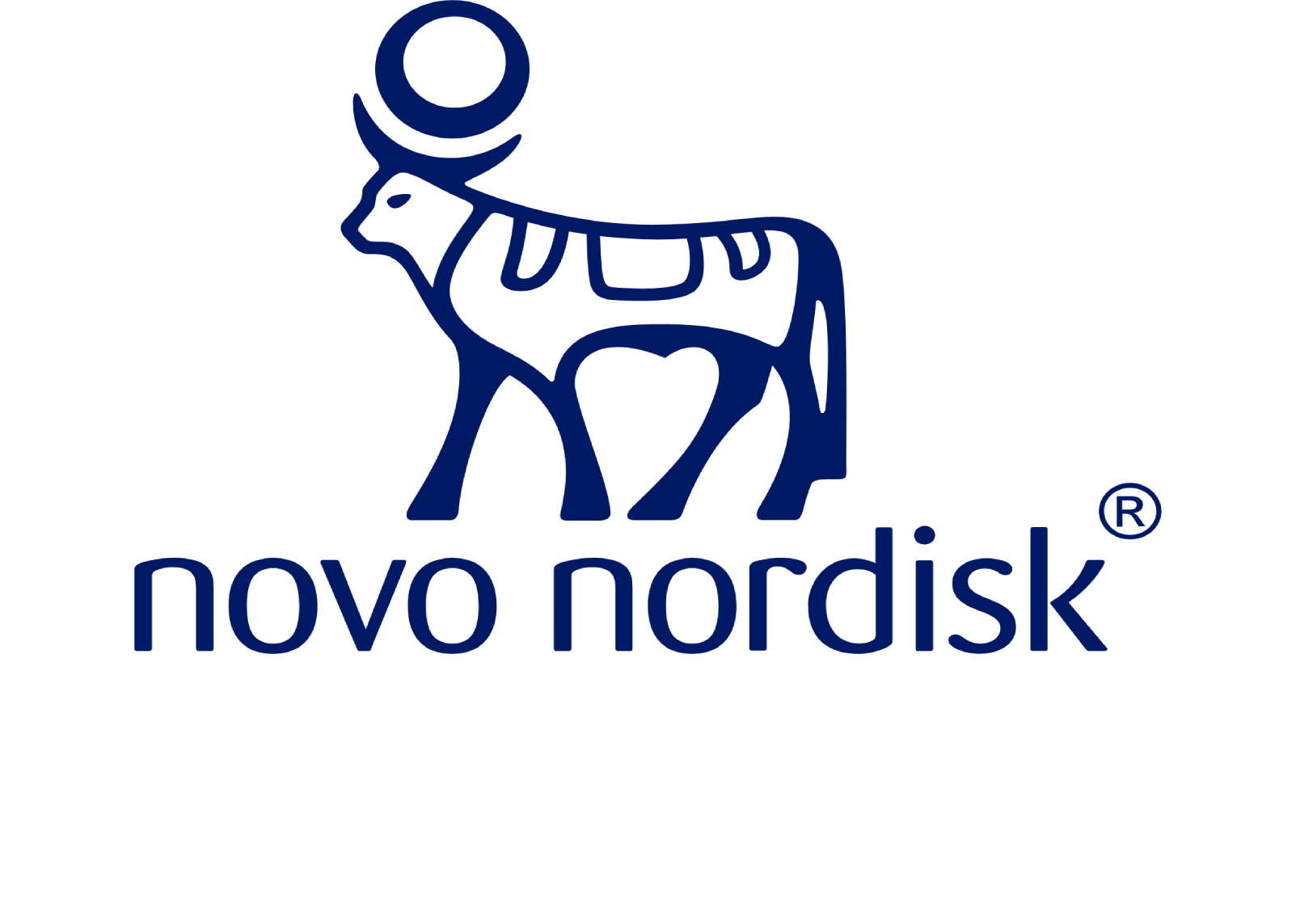/f/239067/1120x941/b42d54a693/hero_img.png)
AI-based protein prediction and design
Drug discovery featuring AI protein predictions
Welcome to the collaborative era of ML/AI in drug development: Where we’re using predictive modelling at scale to speed up the drug design process.
Generative AI and Machine Learning has the potential to revolutionize the drug discovery process, ranging from target and biomarker discovery to designing drug candidates and conducting clinical trials. Companies that can effectively leverage these tools are likely to both accelerate and innovate their business, ultimately benefiting patients.
It does however take highly skilled and collaborative digital and data science professionals, like computational scientists and tech talents within cloud and software engineering. This story is just one example of how ML/AI is transforming the life science industry.
A new way forward
AlphaFold's remarkable accuracy in predicting 3D protein structures, including very complex protein structures, has completely changed the way Novo Nordisk’s Computational Drug Design team supports internal drug design efforts. While drug design involves more than just binding to its target, the use of AlphaFold (and related AI methods) allows the team to test in silico the effect of sequence variations on the structure and binding interface of 3D-complex structures. This results in a powerful design tool, especially in the field of protein therapeutics, and when combined with classical protein design and/or generative AI methods that suggest improved proteins.
By augmenting experiments and exploring a vast hypothesis space within hours (using cloud computing), the predicted 3D structures help push the boundaries for research project teams at Novo Nordisk. A tool like AlphaFold is a game changer in the pursuit to accelerate and innovate the drug discovery process.
In early 2022, Novo Nordisk initiated the deployment of AlphaFold on AWS Batch, aiming to scale up and expedite the computation-intensive protein structure predictions.
Speed
The aim was to provide a scalable cloud platform for running hundreds of thousands of AlphaFold calculations within a short period, reducing result turnaround time from weeks to days or even hours.
The solution needed to support multiple regions across the globe, various compute instance types and seamless integration with the existing data lake on Amazon S3 – and a user-friendly interface (of course).
The deployment was about more than just developing a technical solution—it was also about merging different skillsets to achieve the goal. A close and interdisciplinary collaboration between cloud engineers, cloud computing specialists, and data scientists was crucial in designing a structured and efficient solution that met the specific needs of Novo Nordisk. With this solution, researchers at Novo Nordisk now have easy access to a familiar HPC environment, while they’re still enabled to do fast experimentation and learning on a scalable cloud environment behind the scenes.
The chosen solution for the deployment involved utilizing a combination of AWS services, such as AWS Batch for processing, Amazon FSx for storage, and AWS Step Functions for job management. Job submission was enabled through both Jupyter notebooks as well as a Python library for simplified job submissions. The deployment process utilised AWS Cloud Development Kit (AWS CDK) Pipelines, allowing controlled changes to infrastructure and container image builds. This approach ensured the provision of a scalable, cost-effective solution – while maintaining governance, user-friendliness, and adaptability for future scientific computing workloads.
Oh, and: The deployment of this solution has paved the way for scaling other bioinformatics or computational protein design pipelines into similar AWS Batch services. You’ll just need to build Docker containers for the other pipelines and integrate them into the Batch environment using the Python library developed for job submissions. Done deal.
From cloud and data engineers to experimental scientists – we’re all in this together!
A large part of the continued AI revolution in drug discovery will require close collaboration between tech experts across data and ML/AI, scientists, data, cloud and software engineers as well as life science experts with experimental backgrounds in fields such as chemistry and biology. Additionally, bioinformatics experts and computational drug designers will be crucial in bridging the gap between the digital and data science and experimental experts. In the past, there hasn’t been a significant demand for skilled employees in digital and data science disciplines, but now… the result is an exciting cultural and competency change within many pharmaceutical companies. And there is cause for collective excitement, stemming from the potential of how AI/ML can accelerate research projects and fundamentally impact drug development strategies.
Leveraging the potential in a collaborative culture
So, it’s an exciting moment for drug design and life sciences. In the current wave AI-usage in drug discovery, improved ML-methods, larger data sets for training, and cloud and GPU compute opportunities are speeding up many processes. But, as another win, it also fosters a culture of collaboration and need of interdisciplinary competences across life science, digital and data science disciplines. Bringing together diverse skill sets will be crucial to leverage the vast potential of AI technologies to accelerate and innovate the drug discovery process – ultimately promising a better life for the millions of people who grapple with serious chronic diseases.
/f/239067/1920x1080/c5bf350021/mikkel_fallback.jpg)
/f/239067/1920x1080/4f4bb1556e/tonia_fallback.jpg)
/f/239067/1857x2160/20dae34fbe/30_hero.png)

